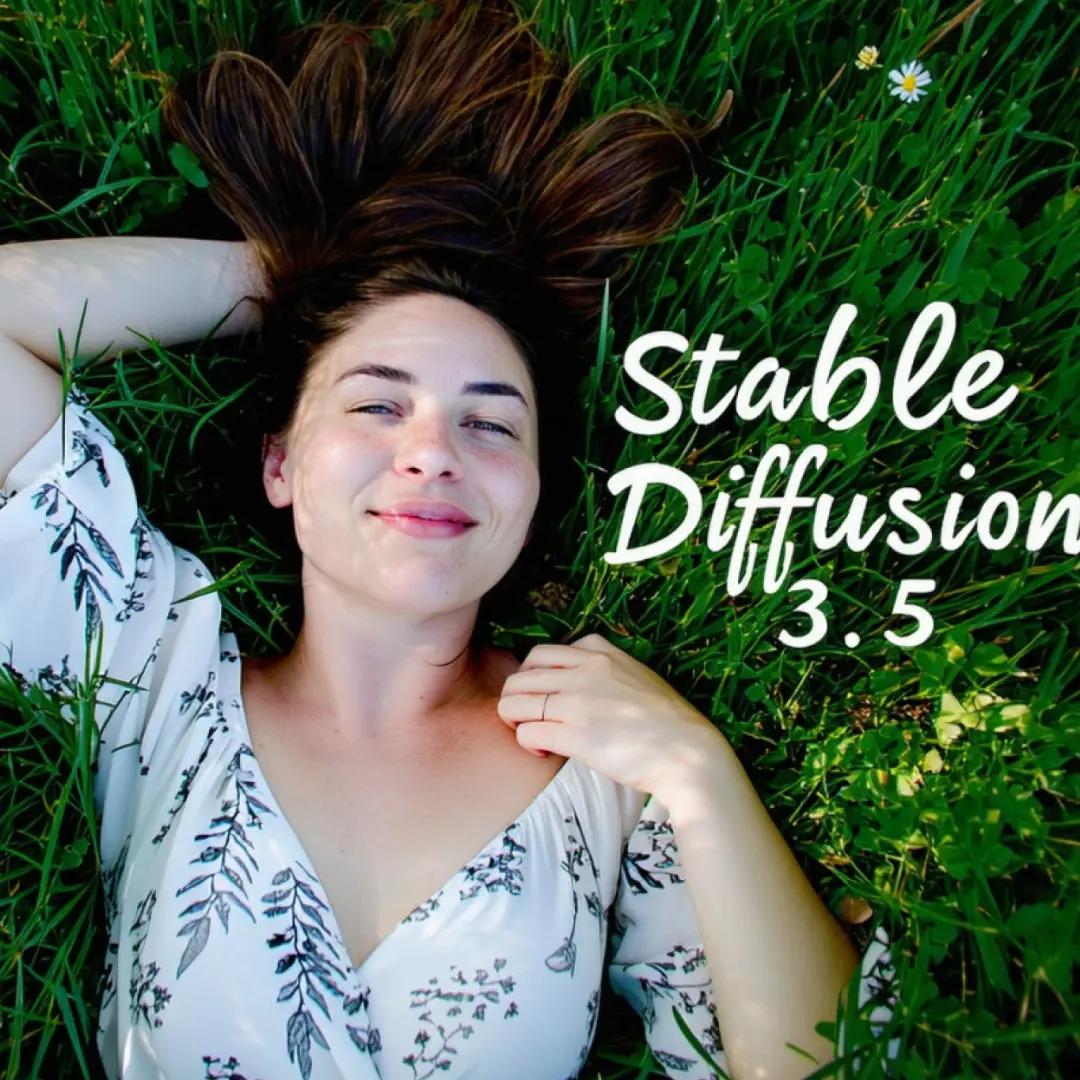ComfyUI Node: SONICTLoader
SONICTLoader
CategorySONIC
smthemex (Account age: 639days) Extension
ComfyUI_Sonic Latest Updated
2025-02-25 Github Stars
0.81K
How to Install ComfyUI_Sonic
Install this extension via the ComfyUI Manager by searching for ComfyUI_Sonic- 1. Click the Manager button in the main menu
- 2. Select Custom Nodes Manager button
- 3. Enter ComfyUI_Sonic in the search bar
Visit ComfyUI Online for ready-to-use ComfyUI environment
- Free trial available
- 16GB VRAM to 80GB VRAM GPU machines
- 400+ preloaded models/nodes
- Freedom to upload custom models/nodes
- 200+ ready-to-run workflows
- 100% private workspace with up to 200GB storage
- Dedicated Support
SONICTLoader Description
Specialized node for loading and processing models in ComfyUI, tailored for audio-visual synthesis tasks.
SONICTLoader:
The SONICTLoader is a specialized node designed to facilitate the loading and processing of models within the ComfyUI framework, specifically tailored for audio-visual synthesis tasks. This node is integral in managing the complex interactions between various components such as the model, UNet, and VAE configurations, ensuring that they are correctly initialized and ready for processing. It provides a streamlined approach to handle model loading, including the automatic downloading of necessary components if they are not present, and setting up the environment for efficient execution. The SONICTLoader is particularly beneficial for users looking to integrate advanced audio processing capabilities into their AI art projects, as it supports dynamic scaling and interframe processing, enhancing the quality and fluidity of generated outputs.
SONICTLoader Input Parameters:
model
The model parameter represents the core model that will be used for processing. It is crucial for defining the architecture and capabilities of the synthesis task. This parameter does not have a specific range of values but should be a valid model object compatible with the ComfyUI framework.
sonic_unet
The sonic_unet parameter specifies the UNet model to be used in the processing pipeline. It is essential for tasks that require spatial and temporal conditioning. If set to "none," the default UNet configuration is used. This parameter should be a string indicating the path or identifier of the UNet model.
ip_audio_scale
The ip_audio_scale parameter controls the scaling factor for audio input processing. It impacts the intensity and dynamics of the audio features used in synthesis. The exact range of values is not specified, but it should be a numerical value that appropriately scales the audio input for the desired effect.
use_interframe
The use_interframe parameter is a boolean flag that determines whether interframe processing is enabled. This feature enhances the temporal coherence of the output by considering frame-to-frame transitions. It can be set to True or False, with True enabling interframe processing.
dtype
The dtype parameter specifies the data type for model weights, affecting precision and performance. Options include "fp16" for half-precision, "fp32" for single-precision, and "bfloat16" for bfloat16 precision. The choice of data type can influence the speed and memory usage of the processing task.
SONICTLoader Output Parameters:
image
The image output parameter represents the processed visual output generated by the node. It is a multi-dimensional tensor that encapsulates the synthesized visual content, formatted for further use or display. The output is typically a high-dimensional array that can be interpreted as a sequence of images or frames.
fps
The fps output parameter indicates the frames per second of the generated output, providing a measure of the temporal resolution of the visual content. It is a numerical value that helps in understanding the playback speed and smoothness of the synthesized video or animation.
SONICTLoader Usage Tips:
- Ensure that all model paths and identifiers are correctly specified to avoid loading errors and ensure smooth execution.
- Experiment with different
dtypesettings to find the optimal balance between performance and precision for your specific task.
SONICTLoader Common Errors and Solutions:
Model not found
- Explanation: This error occurs when the specified model or its components are not available in the expected directory.
- Solution: Verify the model path and ensure that all necessary files are downloaded and accessible.
Invalid dtype specified
- Explanation: This error arises when an unsupported data type is provided for the
dtypeparameter. - Solution: Use one of the supported data types: "fp16", "fp32", or "bfloat16". Double-check the spelling and case of the specified type.
SONICTLoader Related Nodes
RunComfy is the premier ComfyUI platform, offering ComfyUI online environment and services, along with ComfyUI workflows featuring stunning visuals. RunComfy also provides AI Playground, enabling artists to harness the latest AI tools to create incredible art.


